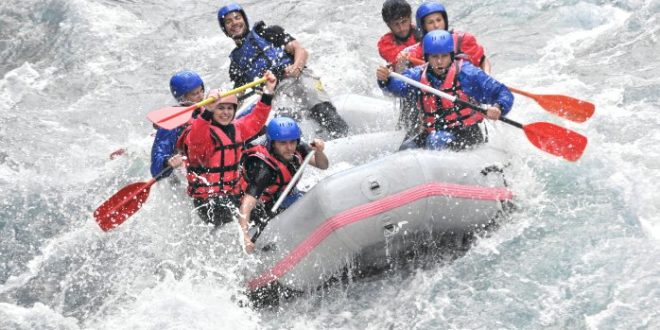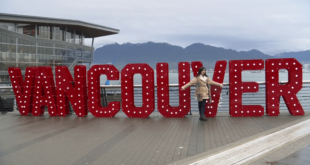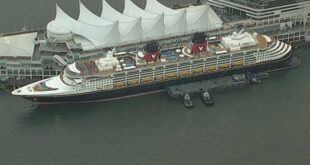We’ve been saying for years that we’re in a new age of marketing. The days of printing tens of thousands of visitor guides have come down to printing just 10% of the quantity we printed five years ago. They are being replaced by digital guides and apps.
Do you even need a printed guide? YES. But visitors don’t need a visitors guide that just has lists of restaurants, hotels, activities and other general things to do. They can get all of that easily via TripAdvisor, Yelp and local websites. What they want is an Activities Guide.
These days, consumers are looking for things to do, not just places to go. They want experiences rather than landmarks. Part of the reason for changing to an “Activities Guide” is because people respond better to the title. It tells them the guide is focused on things to do, which is primarily what they are looking for. The name tells a potential visitor that this guide is going to answer their question, “What can I DO there?”
3 THINGS YOU CAN DO TO CREATE YOUR ACTIVITIES GUIDE
- Sit down with your team and start fresh. Don’t look at your current Guide. Think totally fresh – from square one.
- Within the guide, the focus remains on the available activities. Instead of structuring the guide around locations, or listings of hotels, restaurants and amenities, the content should be focused on TYPES of activities. This groups things for people to DO (remember – they want experiences) according to potential categories of interest. Chapters or sections might include activities catering to:
- Kids and family
- The sports enthusiast
- The great outdoors/recreation
- Photography and wildlife
- Culinary experiences
- Girls weekends (shopping, dining, spas, nightlife)
- History
- Nightlife and entertainment
- The arts (performing, visual, artisans in action)
3. Think like a travel writer! Millions of people subscribe to travel publications because they provide specifics, while communities often market themselves by providing generic lists of “things.” People are looking for experiences – things to do – so provide sample itineraries, with specific places to shop or stop for lunch or dinner, and how much time to spend at attractions. The easier you make it in this age of convenience, the more likely you’ll be to close the sale. Itineraries are huge now – as long as they aren’t too structured and allow for flexibility.
DO YOU STILL NEED PRINT GUIDES?
Absolutely! Just not as many as in the old days. People do get much of their information online, but still like having a printed piece. We like having that booklet or brochure in our laps while we cruise in the car and explore the area. And there’s nothing quite as fun as getting a requested guide in the mail – something we can look at over dinner, in the bathroom, at a restaurant while we’re not “plugged in.” Most people don’t consume ALL of their content via computer screen, although it’s headed that way.
Focus on what there is to DO and you’ll be speaking the consumer’s language.
ABOUT THE AUTHOR:
Roger Brooks is one of North America’s most sought after speakers on the subjects of tourism, community branding, marketing, and product development. As CEO of Roger Brooks International, Roger has assisted more than a thousand communities over the past 30 years in their quest to become outstanding destinations for residents, businesses, and visitors. Author of the book “Your Town: A Destination – The 25 Immutable Rules of Successful Tourism,” Roger provides communities with bottom-line solutions and fresh ideas that can be implemented today to make a difference tomorrow.
If you’d like to know more about marketing your community, consider watching some free videos on community marketing or renting The Death of Visitor Guides and What to Do Instead.
You can read more of the news on source
 Travelsmart
Travelsmart



